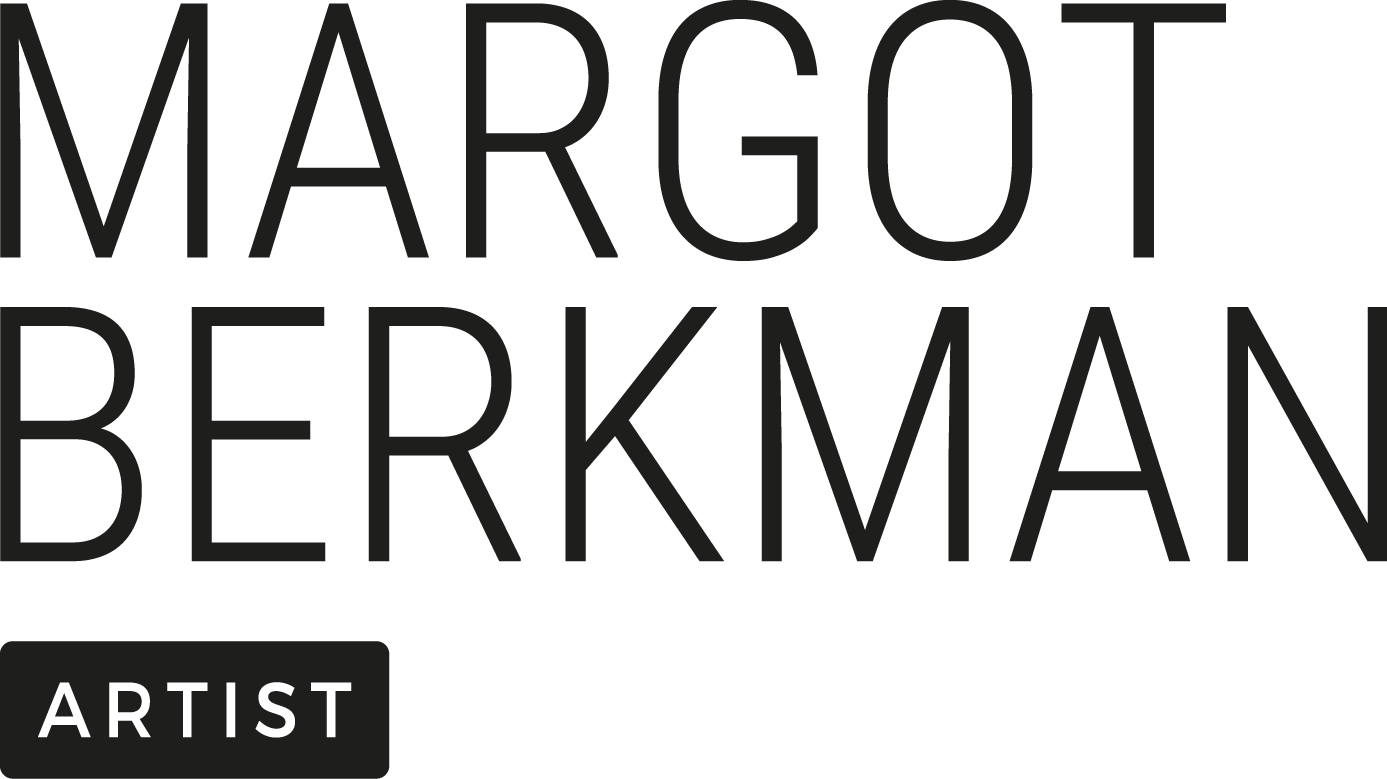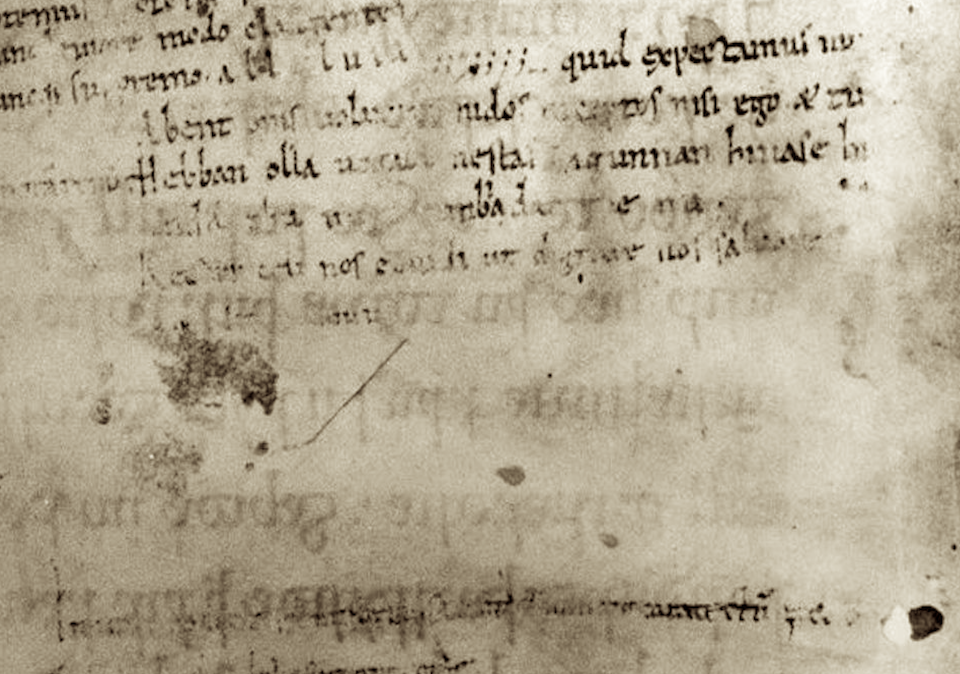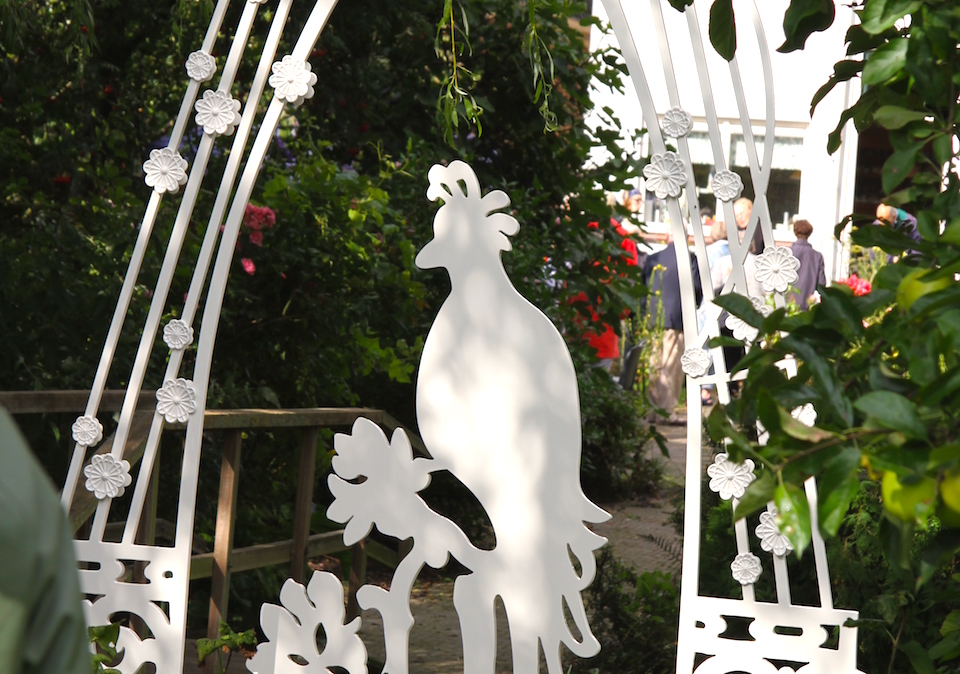Hebban olla Vogele Nestas Estate Pingjum 2010
Measurements: 3,5 meter x 2,5 m (ensemble of two elements)
Mrs. M. Guise’s words at the unveiling of the artwork
“As you know, I will occasionally stay in Pingjum. In my beautiful garden I roam, I read, cut and prune. I breathe in the scents from the Frisian Land. There used to be an octagonal aviary in the back of my garden, full of exotic birds.. When I came to live here ten years ago, the stone foundation was the only thing that still remembered the aviary. Margot Berkman is a visual artist and has made images that inspires me. They are sweet and elegant. They are often fairy-like figures that refer to the greater desires of this life. I have asked her to look around in my garden to make a work of art for me. Margot has photographed and sketched, worked and she stayed here. Margot told me that my love for literature, the contemplation in my court, my paradise and my love for nature were the inspiration for the artwork.
Margot Berkman:
My inspiration, the medieval carpet series ‘La dame à la Licorne’, tells about universal love and the desire for contemplation through the sixth tapistry entitled ‘A mon seul Désir’. The old presbytery and the 12th century Gothic church of Pingjum, the desire to be there and the vastness and tranquility of the landscape underline that idea. The title of the artwork ‘Hebban olla vogele nestas’ is derived from the oldest line of poetry in Dutch literature:
Quid expectamus nunc
Abent omnes volucres nidos inceptos nisi ego et tu
Hebban olla vogele nestas hagunnan hinase hic
Enda thu wat unbidan we nu
(12 e eeuw, anoniem)
The dutch writer, Gerrit Komrij has written about it so beautifully in his collection ‘in Liefde Bloeyende’: ‘did all birds start building their nests – except me and you – what are we waiting for?’ He investigates the significance of this very first Dutch sentence that has been found on a front cover of a book from the Benedictine abbey of Rochester in Kent, England. Is it a mini-poem, is it about the desire for the warmth of the monastery or is it about a mystical desire of God? Or was it just a monk with spring fever and was this sentence just a ‘probatio pennae?’ The loving monk who has become a poet . Komrij writes: “Read the sentence as it says it. The rhythmic and emotional sequence, contained in a metaphor- and you are like birds- makes this clear concept of thought in a field of tension from sounds to lyricism, to a poem. ‘
Could it be that the poet of these lines in the 12th century wrote this from the tower of the church in Pingjum? The artwork consists of two parts. The first image (h: 3,5m) is on the octagonal foundation of the old aviary. It is a tent, a gate shape containing a paradise bird. The tent is covered with roses. It looks like the hedge of the ‘Hortus Conclusus’, the private garden. Further behind the fence in the second part of the garden, where the trees bear fruit, there is a second bird. The birds look at each other. They know what the monk has written.







